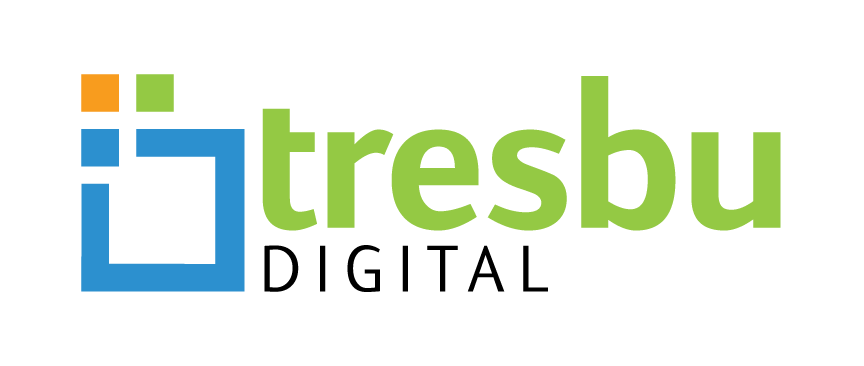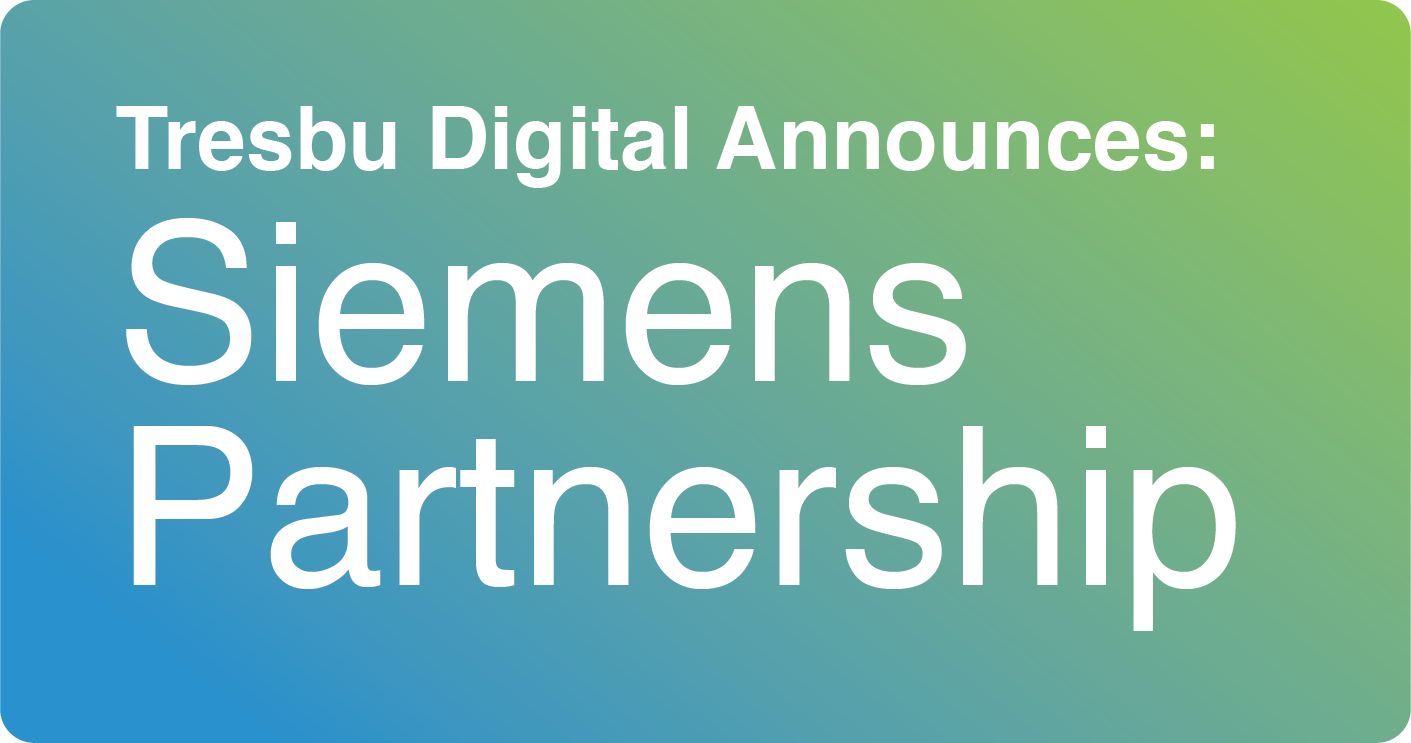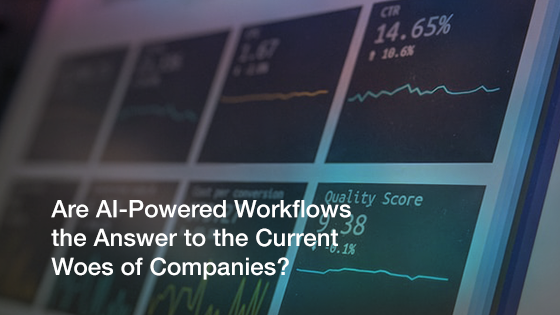Right now, it may seem like an eternity away but our lives will get back to ‘normal’ sooner than you think. There are many reports from countries slowly starting to return to the life they had before the COVID-19 pandemic.
However, this ‘new normal’ may not exactly mirror how we lived our lives—and performed our job and daily activities. For instance, a majority of the American workforce is currently being asked by employers to work from home since most of the country is under lockdown. There is a great likelihood that most of the WFH workforce will be asked to continue working from home even after the lockdown is lifted.
67 percent of employers are already taking initiatives to allow employees who generally don’t work remotely to work from home. While the primary reason for this is ensuring the safety of employees, companies are also asking employees to work from home to save on overhead expenses. The money saved here can be used to pay salaries and wages to workers—keeping them in their jobs for longer.
However, a more virtual workplace means operational change. Even if most of the employees are still in the workplace, certain processes, meetings, and activities will transition to virtual – resulting in a mix of benefits and challenges.
Businesses will have to adapt quickly to the changing requirements of their employees, consumers, and suppliers while addressing the financial and operational challenges they face. AI-powered workflows may offer a solution; they can enable a more-resilient supply chain, ensure seamless employee onboarding and offboarding, allow automated IT and security operations, and help companies to embrace new ways of implementing ITSM.
Ensuring Seamless Employee Onboarding and Offboarding
In the coming months and years, we will see a more remote workforce and maybe even the rise of the gig economy, with more millennials joining the workforce who had firsthand experience of the COVID-19 crisis. As a result, employee on-boarding and offboarding will need to be smooth and seamless.
HR is one field where several processes are waiting to be automated; automating these business processes will increase efficacy and minimize risks in the recruiting, retaining, and when needed, the laying off of staff.
Employee onboarding is one of the most time-consuming of all HR tasks but it is also one of the most critical to get right. Generally, it takes a lot of time and effort to get new workers into the business. However, automated workflows can shorten this to a few hours.
Like onboarding, the off-boarding process also needs to be automated. Automated workflows can automate, digitize, and simplify paper-based manual processes, allowing HR to focus on other higher-value facets of the off-boarding process.
Transitioning to a More-Resilient Supply Chain
Today, it has become increasingly important for businesses, especially manufacturing companies, to think carefully about their supply chain. They must find out ways of making their supply chain smarter and more robust over the long term.
It is critical for companies to realign their supply chains to deal with the aftermath of COVID-19. How can they do this? They can do this by using AI-powered custom workflows to bring more visibility into their supply chains.
For example, the current process of interpreting and visualizing supply chain networks is too long, and it is typically based on past data. This means that forecasting is a reactionary rather than proactive practice for most businesses today. However, with the right data at hand—made available by AI-powered workflows, one can figure out in advance how a supply chain will function more accurately and intelligently.
For some companies, pandemics—like COVID-19—have been a game-changer. In many ways, these global events can be likened to the receding tide which exposes the rocks underneath. After SARS happened, we saw the proliferation of e-commerce companies in China and APAC regions. Alibaba also came to limelight at that point.
While many B2B and B2C companies today are struggling to meet the urgent and critical needs of customers, the coronavirus pandemic has sparked a new wave of innovation in trade. There are new purchasing habits that are likely to continue long after the crisis has ended – and this creates opportunities. Many who treated electronic commerce as a secondary medium now need to reevaluate their business with an emphasis on digital trade. For instance, an increasing number of retailers are scrambling to offer customers ‘contactless’ delivery and pick-up services at their doorstep.
While one cannot run away from the reality of macroeconomics or see things in isolation from it, it is not the ONLY truth. Economics traditionally deals with averages and statistics and if companies can create strategies to deviate these economics, they can succeed fast.
Automating IT and Security Operations
IT will become much more critical to a company’s success in an increasingly virtual workplace that we expect to have in the post COVID-19 world.
In the post COVID-19 world, we will witness increased adoption of AI-powered IT Ops and Security Ops by manufacturing companies and others. Additionally, there will be increased migration to the cloud and greater emphasis on automation, self-remediation, and cybersecurity.
The AI-powered IT operations will transform an organization’s IT strategy by coordinating processes, delivery of resources, and software on a single, tailor-made system designed for action. Additionally, it can allow IT to facilitate work across teams and processes, removing departmental silos, helping business enterprises unleash creativity.
On the other hand, by migrating to the cloud and then using AI-powered Security Ops, an organization can protect their data in the cloud. This AI-powered SecOps combines both McAfee Cloud Security and ServiceNow (SNOW) SecOps.
With McAfee Cloud Security, organizations can enforce comprehensive, cloud-native data protection to do the following:
- Identify data, meaning, and user behavior for maximum visibility across all cloud devices, users, and services
- By applying ongoing protections, secure sensitive data everywhere it goes inside or outside the cloud
- Address compliance breaches and prevent risks to security in real-time, deep inside cloud services
On the other hand, ServiceNow SecOps swap manual tasks with automated security operations. They improve the pace and effectiveness of an organization’s security response as well as minimize the time spent on basic tasks through automation and orchestration.
Embracing New Ways of Implementing ITSM
Post COVID-19, traditional IT Service Management (ITSM) implementations would change, and we will witness more merging of DevOps and ITSM. We have seen systems that have been in place for years become redundant during the current crisis. New systems are needed in such situations, and there are no two ways about it.
Low code and fast deployment platforms that provide secure, user-intuitive applications that can crop and die on demand are going to be critical. Does it come down to the longevity of customer, partner, and employee applications? Maybe yes. Today, we are witnessing the emergence of more and more digital models and greater preaching on digital transformation than ever before. However, the actual transformation is now forced by tiny RNA protein strands, and we have no option but to oblige to the demands of this new reality.
There now needs to be a strong recognition of the need to develop IT and business infrastructure that can be tailored easily to meet changing business needs, expressed in specific standards of requirements for customer engagement and business performance.
For ITSM, the immediate consequence of these factors is an ongoing and burgeoning interest in creating more quality and IT service desks functionality. With an increase in virtual and home-based staff across organizations, the need for smart, efficient, and people-focused support services will increase. AI-powered workflows will help to meet these requirements by ensuring more flexible and agile ways of working.
Bottom Line
It is the right time for you to embrace workflows that automate your operations and provide real-time intelligence across your IT infrastructure, employee, and customer operations. These workflows are going to become value chains where real-time value optimization will happen.
You get to use your data generated out of workflows intelligently to predict patterns emerging out of your business in the context of your vertical and global economy. More importantly, this will help you generate new business models and revenue streams. Contact us for a free demo on how these AI-powered custom workflows can help your company overcome the current woes caused by the Covid-19 pandemic.




